
The Dean Cemetery is a historically important Victorian cemetery north of the Dean Village, west of Edinburgh city centre, in Scotland. It lies between Queensferry Road and the Water of Leith, bounded on its east side by Dean Path and on its west by the Dean Gallery. A 20th-century extension lies detached from the main cemetery to the north of Ravelston Terrace. The main cemetery is accessible through the main gate on its east side, through a "grace and favour" access door from the grounds of Dean Gallery and from Ravelston Terrace. The modern extension is only accessible at the junction of Dean Path and Queensferry Road.
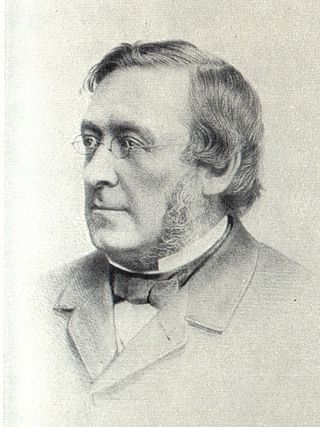
David Stevenson MICE FRSE FRSSA was a Scottish lighthouse designer, who designed over 30 lighthouses in and around Scotland, and helped continue the dynasty of lighthouse engineering founded by his father.
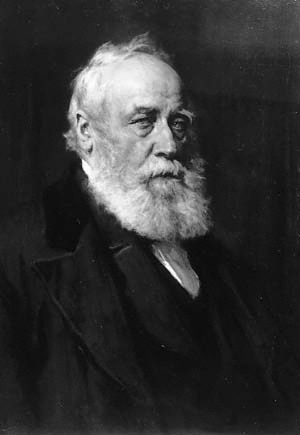
William Forbes Skene WS FRSE FSA(Scot) DCL LLD, was a Scottish lawyer, historian and antiquary.

Sir John Wolfe Barry, the youngest son of famous architect Sir Charles Barry, was an English civil engineer of the late 19th and early 20th century. His most famous project is Tower Bridge over the River Thames in London which was constructed between 1886 and 1894. After receiving a knighthood in 1897, he added "Wolfe" to his inherited name in 1898 to become Sir John Wolfe Barry.

Sir Robert Rowand Anderson, was a Scottish Victorian architect. Anderson trained in the office of George Gilbert Scott in London before setting up his own practice in Edinburgh in 1860. During the 1860s his main work was small churches in the 'First Pointed' style that is characteristic of Scott's former assistants. By 1880 his practice was designing some of the most prestigious public and private buildings in Scotland.
James Moncreiff, 1st Baron Moncreiff LLD was a Scottish lawyer and politician.
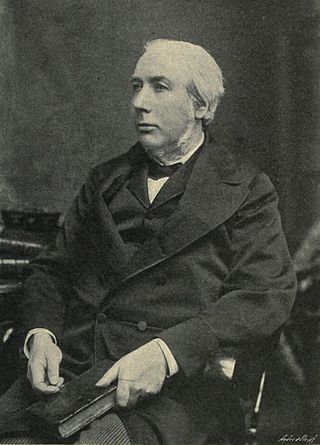
Sir James Donaldson was a Scottish classical scholar, and educational and theological writer.
Alexander Arbuthnot (1538–1583) was a Scottish ecclesiastic poet, "an eminent divine, and zealous promoter of the Protestant Reformation in Scotland". He was Moderator of the General Assembly of the Church of Scotland in both 1573 and 1577.

Reverend Dr John Lee FRSE was a Scottish academic and polymath, and the Principal of the University of Edinburgh from 1840 to 1859. He was Moderator of the General Assembly of the Church of Scotland in 1844.
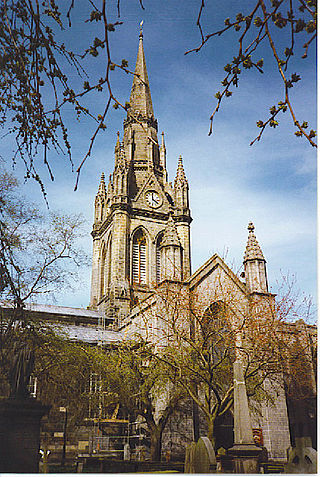
The Kirk of St Nicholas is a historic church located in the city centre of Aberdeen, Scotland. Up until the dissolution of the congregation on 31 December 2020, it was known as the "Kirk of St Nicholas Uniting". It is also known as "The Mither Kirk" of the city. As of 1 January 2021, the building falls under the care and maintenance of the General Trustees of the Church of Scotland.
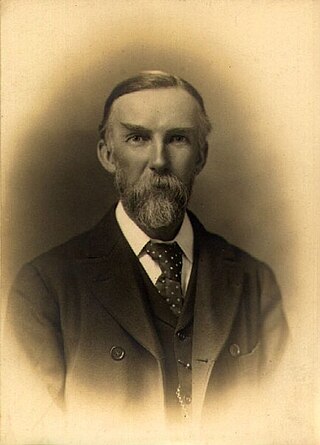
Sir Alexander Blackie William Kennedy FRS, FRGS, better known simply as Alexander Kennedy, was a leading British civil and electrical engineer and academic. A member of many institutions and the recipient of three honorary doctorates, Kennedy was also an avid mountaineer and a keen amateur photographer being one of the first to document the archaeological site of Petra in Jordan following the collapse of the Ottoman Empire.
Sir Francis Grant Ogilvie CB FRSE was a Scottish educator, museum director, and scientist.
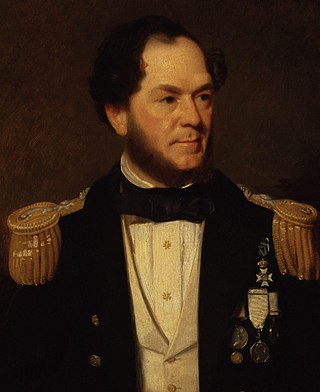
Sir Erasmus Ommanney was a Royal Navy officer and an Arctic explorer of the Victorian era.
John Imray assisted in founding the Chartered Institute of Patent Agents in 1882, and served as President of the Institute from 1884 to 1886, and was therefore the second such President of the Institute.

John Campbell Hamilton-Gordon, 1st Marquess of Aberdeen and Temair,, known as The 7th Earl of Aberdeen from 1870 to 1916, was a British politician. Born in Edinburgh, Lord Aberdeen held office in several countries, serving twice as Lord Lieutenant of Ireland and serving from 1893 to 1898 as Governor General of Canada.

Sir James Stirling, FRS was a British barrister, judge, and amateur scientist. In his youth he demonstrated exceptional ability in mathematics, becoming Senior Wrangler at Cambridge in 1860, regarded at the time as "the highest intellectual achievement attainable in Britain". He was a High Court judge in the Chancery Division from 1886 to 1900, and a Lord Justice of Appeal from 1900, when he was made a Privy Counsellor, until his retirement in 1906. He continued to pursue his scientific and mathematical interests during his legal career, and after retiring from the bench became vice-president of the Royal Society in 1909–1910.
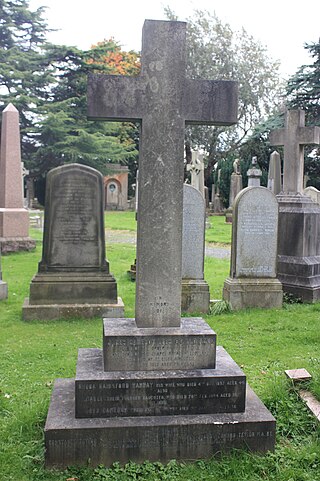
James Cameron Lees KCVO (1835–1913) was a Church of Scotland minister and author at the end of the 19th century and the beginning of the 20th.
Sir William Anderson was an English engineer who also served as director-general of the Ordnance Factories from 1889 to 1898.
John Gibb (1776–1850) was a Scottish civil engineer and contractor whose work included the construction of harbours, bridges, roads, lighthouses, and railways in the United Kingdom, primarily in Scotland. He was a close associate of Thomas Telford, who employed him on many of his civil engineering projects during the first half of the 19th century.
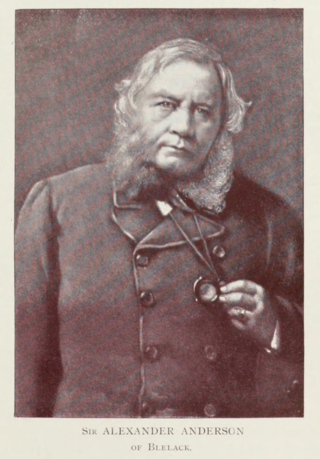
Alexander Anderson of Blelack (1802–1887) was a Scottish advocate and politician who served as Lord Provost of Aberdeen from 1859 to 1866.















